
Smart telescopes like the Odyssey Pro are all about astrophotography. With a camera sensor instead of an optical eyepiece, the Odyssey Pro takes long exposures of the night sky and stacks them to create an ever-improving image that you can check the progress of on your smartphone. In that way, it’s no different from the other small smart telescopes available, chiefly the ZWO Seestar S50 and Vaonis Vespera II. However, it’s a big step up from its rivals in three ways. A Nikon-made eyepiece means it can be used just like a traditional telescope – unlike its rivals – it’s a significantly better telescope than the others, optically speaking, and, of course, it’s much more expensive.
Is it the best smart telescope in 2024? For some, it could be, but while it’s certainly one of the best telescopes for astrophotography, there are some nuances that may restrict its appeal. Here’s everything you need to know about the Odyssey Pro.

Unistellar Odyssey Pro: Specifications
Unistellar Odyssey Pro: Price
At $3,599 / £3,149, the Odyssey Pro is the most expensive choice in Unistellar’s new Discovery range (the other being the eyepiece-less Odyssey, which costs $2,099 / £1,849). It’s a step down from the eVscope eQuinox II and eVscope II in the French company’s Expert range. Optional accessories include a solar filter ($199 / £179) and a custom-made backpack complete with a dedicated tripod compartment and multiple storage pockets ($299 / £269).
Unistellar Odyssey Pro: Design & Handling
The Odyssey Pro is easy to store and highly portable. At a mere 5kg, it can be stored on a bookshelf or put in a cupboard when not in use. However, its small size does come at a cost. It only keeps shooting for five hours, though it can be attached to a portable battery.
At the core of this product is a 3.35-inch/85mm reflector telescope with a focal length of 320mm and a field of view of 34 x 45 arcminutes.
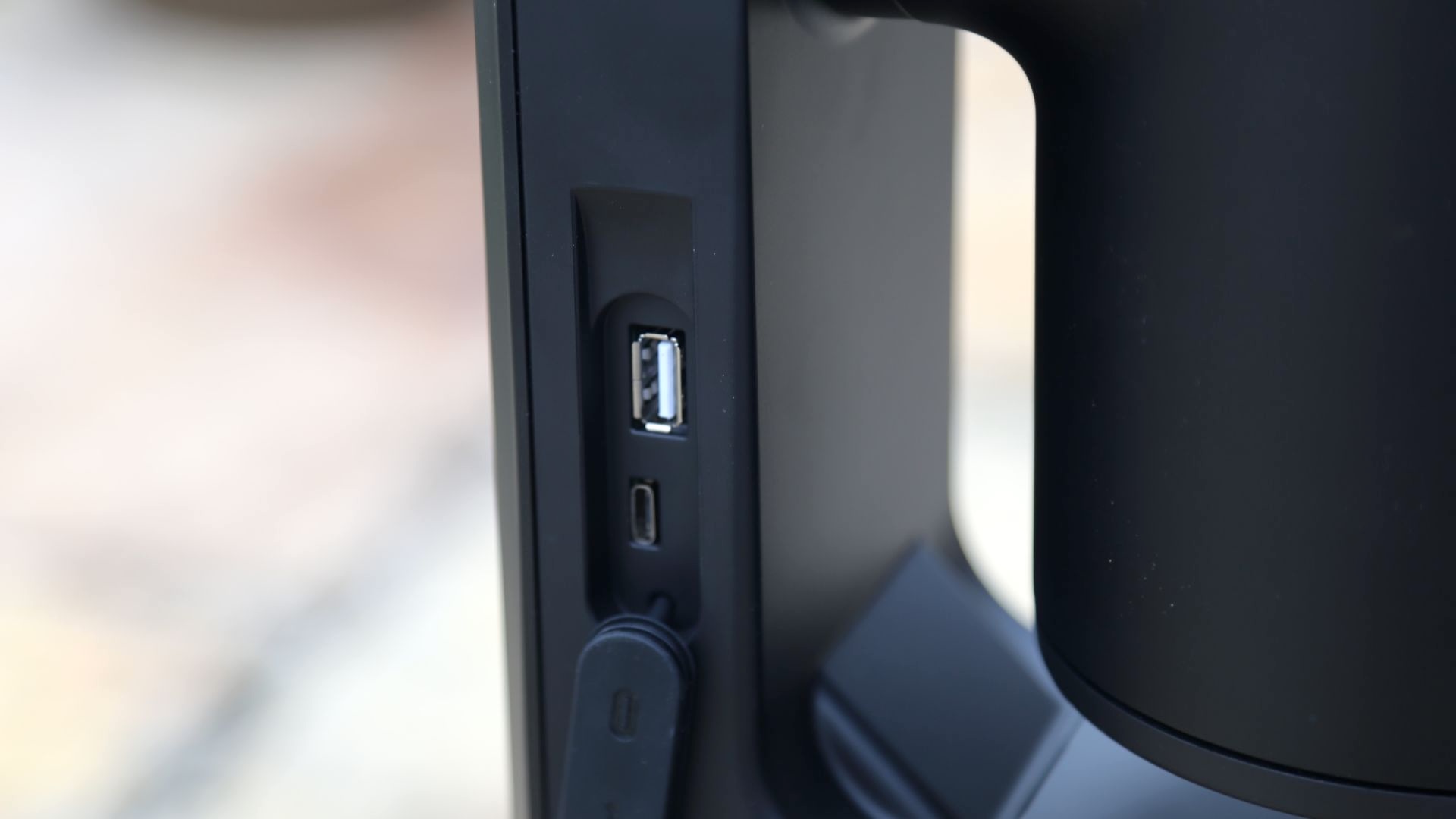

The Odyssey Pro is incredibly easy to use. It arrives with a proprietary tripod and must be set up and leveled. Then, it’s just a case of firing it up along with the accompanying app. It plate-solves with the stars above and, in conjunction with your phone's GPS, finds its place in space and time. Fully aligned, it then slews to any object you care to choose from a list in the colorful, easy-to-use app.
The need to collimate the mirrors, which is standard on all other reflector telescopes, has also been dropped; the Odyssey Pro is a closed unit that ought never to need its mirrors tinkered with.
Like the eVscope, the Odyssey Pro includes a Nikon-made eyepiece. It’s excellent, offering OLED-style deep blacks and vivid colors, though it’s not strictly necessary given that all of the Odyssey Pro’s images display on Unistellar’s new app. The Odyssey Pro is unique in Unistellar’s line-up in offering Nikon High Precision Optics, which uses an OLED micro-display technology for ultra-high contrast. However, during our review, we didn’t find ourselves using the eyepiece much at all.
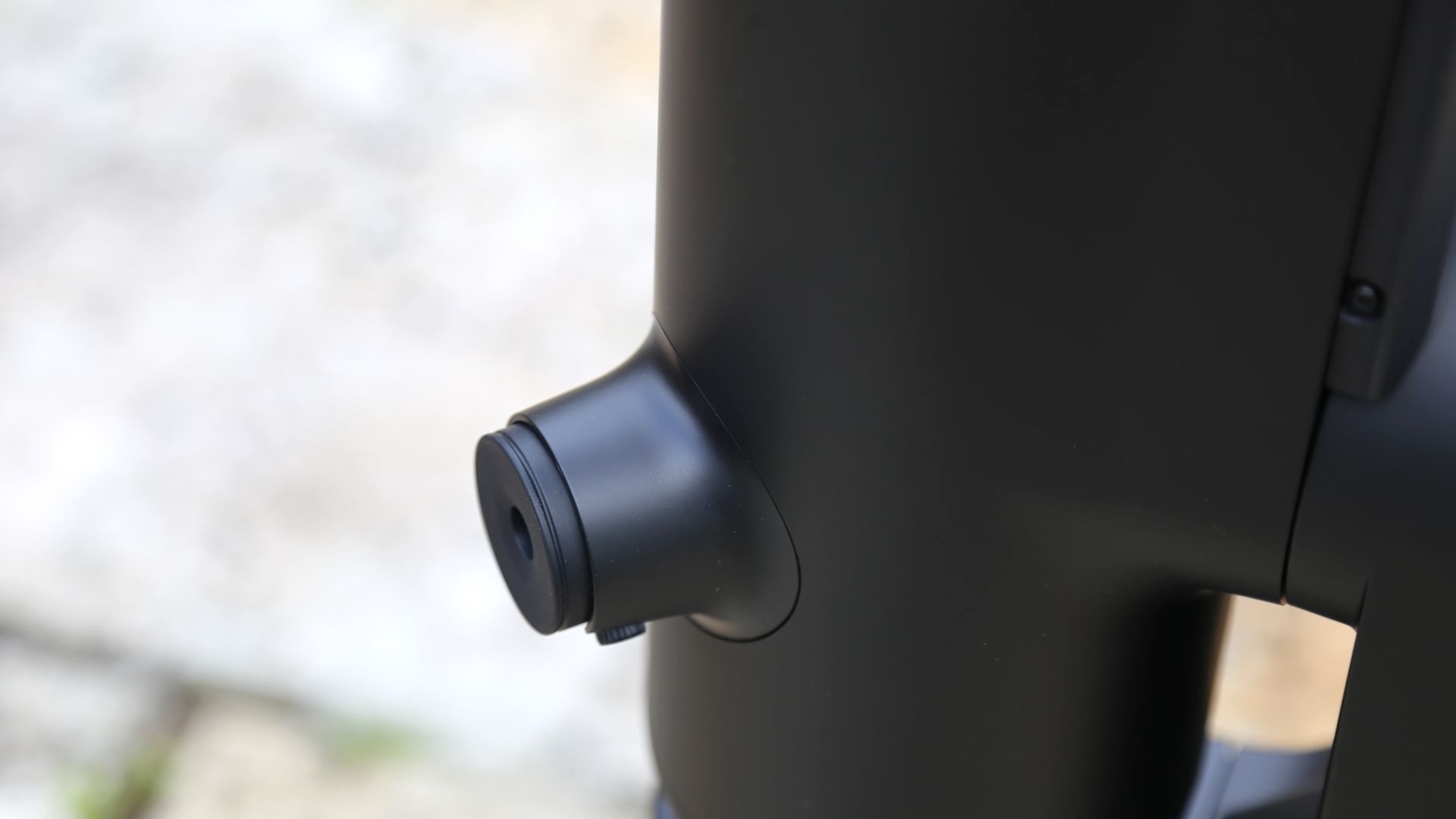
Unistellar Odyssey Pro: Performance
Although supposedly a drop-down from its ‘Expert’ range, there are some really useful features on the Odyssey Pro that make it much easier to use than previous iterations of Unistellar’s smart telescopes. For starters, Stellar Autofocus means there’s now no need to manually focus, something that has to be done using a Bahtinov mask on the eVscopes. It’s also now got Unistellar's proprietary Multi-Depth tech, which allows it to switch instantly from observing deep-sky objects to planets, the moon, and the sun.
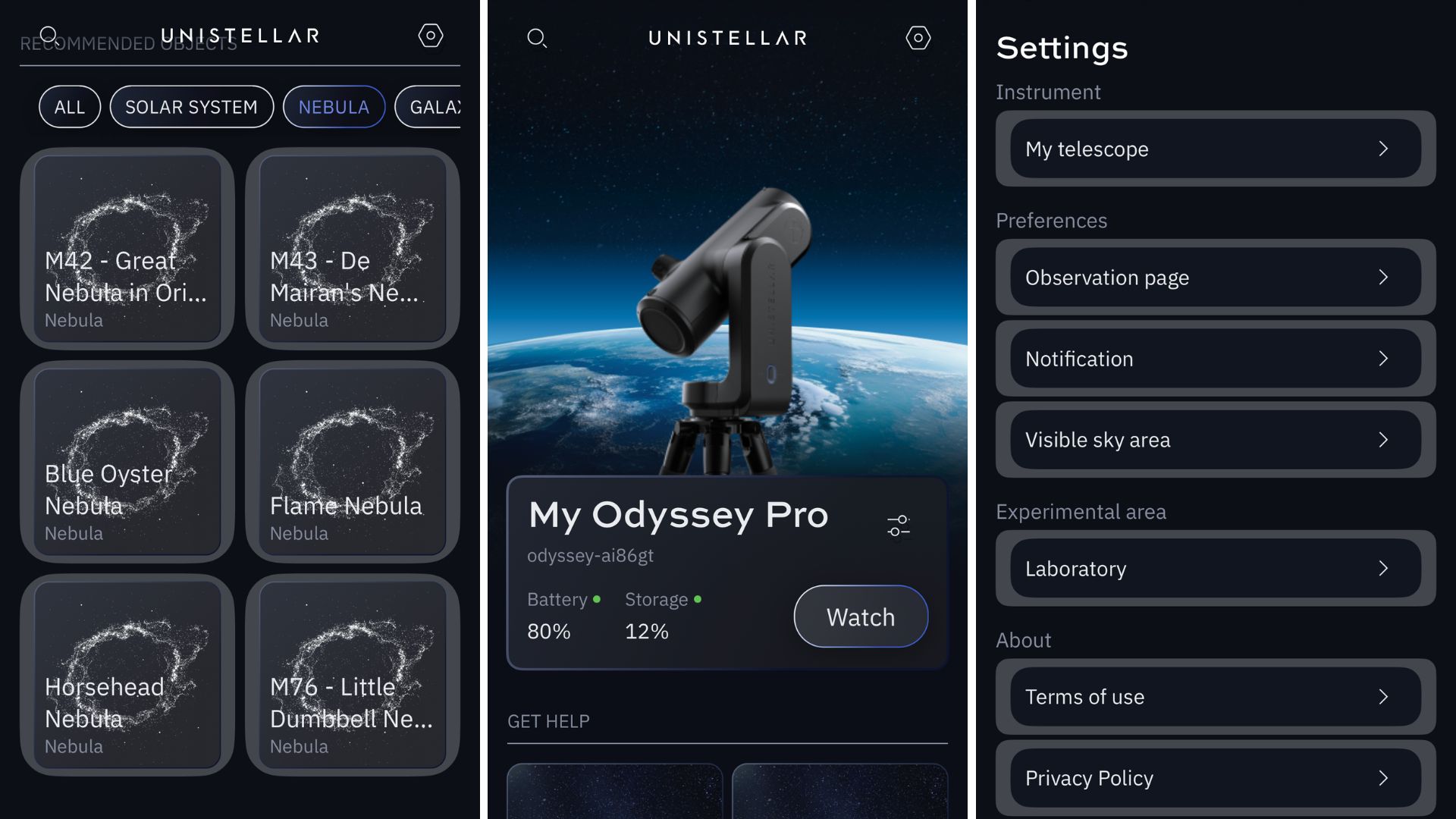
It’s got the same Smart Star Finder tech as before, which plate-solves images of the stars to align with the night sky. It also uses Enhanced Vision to stack multiple images and Deep Dark tech to keep the resulting composite images contrasty.
Imaging is simple, although slightly different from other Unistellar smart telescopes. It live stacks and presents an ever-clearer image, with patience paying off; leave it imaging a galaxy for an hour, and it will tease out dust lanes (though the image impresses after as little as 30 seconds). Either way, the Odyssey Pro will show you deep sky objects in a clarity that no optical telescope can rival. If you live under any kind of light pollution, that goes triple.

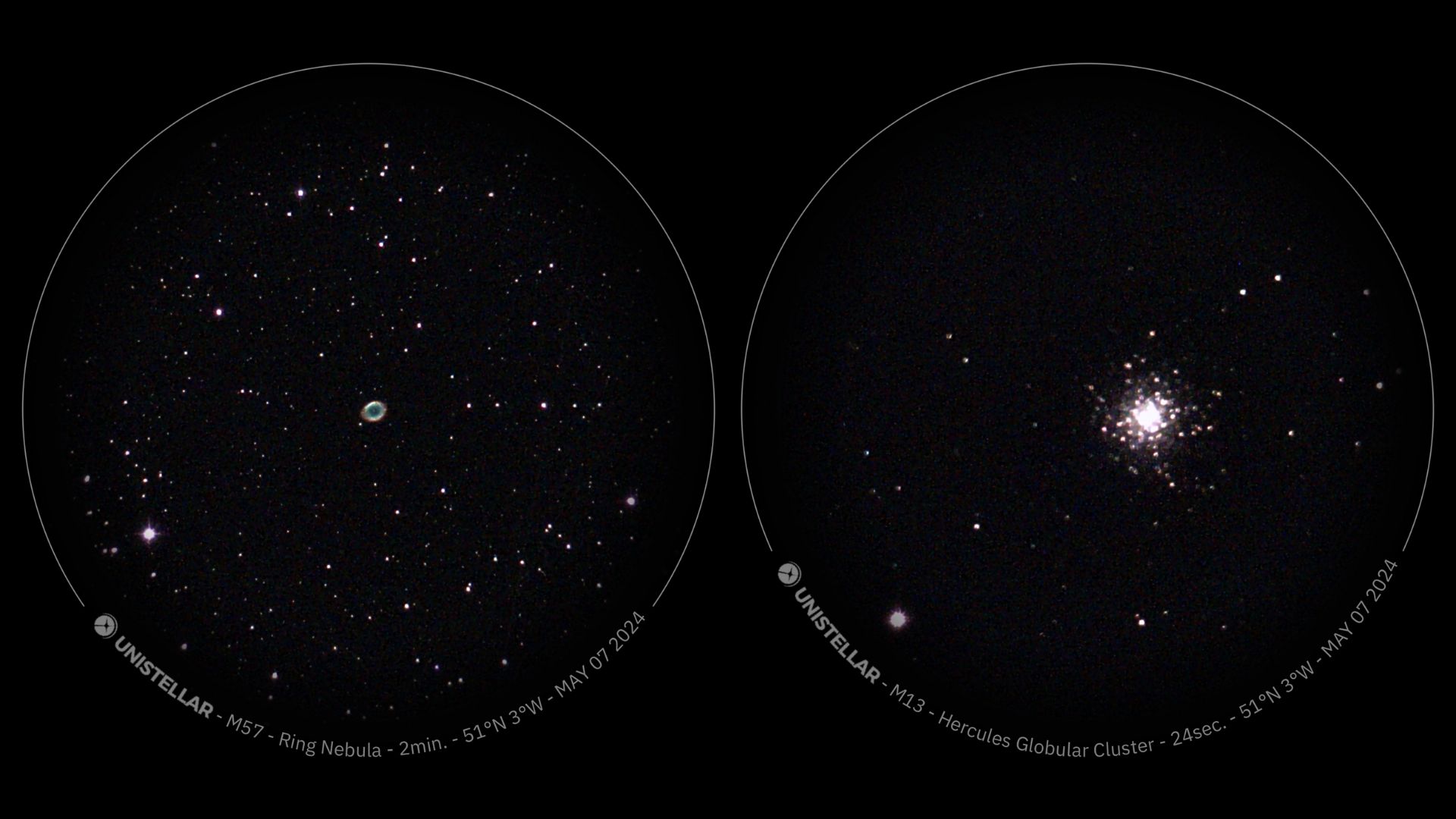
This telescope’s Multi-Depth tech is its new ability to swap between long-exposure imaging (deep sky objects) and high-frame-rate imaging (sun, moon, and planets). Images impress from both techniques, the exception being planets. Only Jupiter was available during our test. It appeared blurred and lacking in detail, though that may have been due to poor atmospheric conditions.
In a new feature that astrophotographers looking for a grab-and-go option will love, lossless PNG, TIFF or FITS files can now be easily accessed on the telescope’s 64GB hard disk for post-processing in software like Adobe Photoshop, GIMP, PixInsight, and Siril.
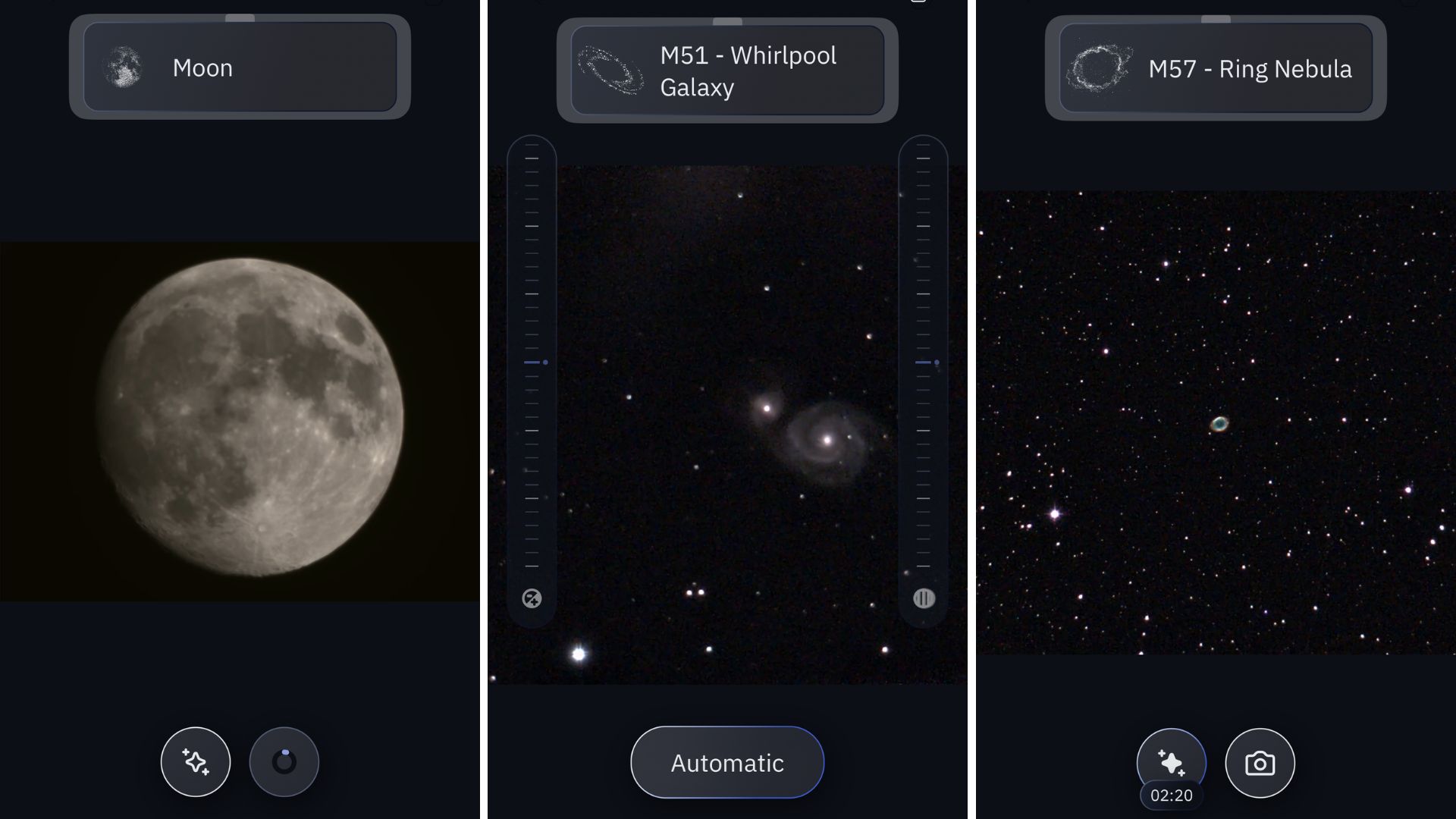
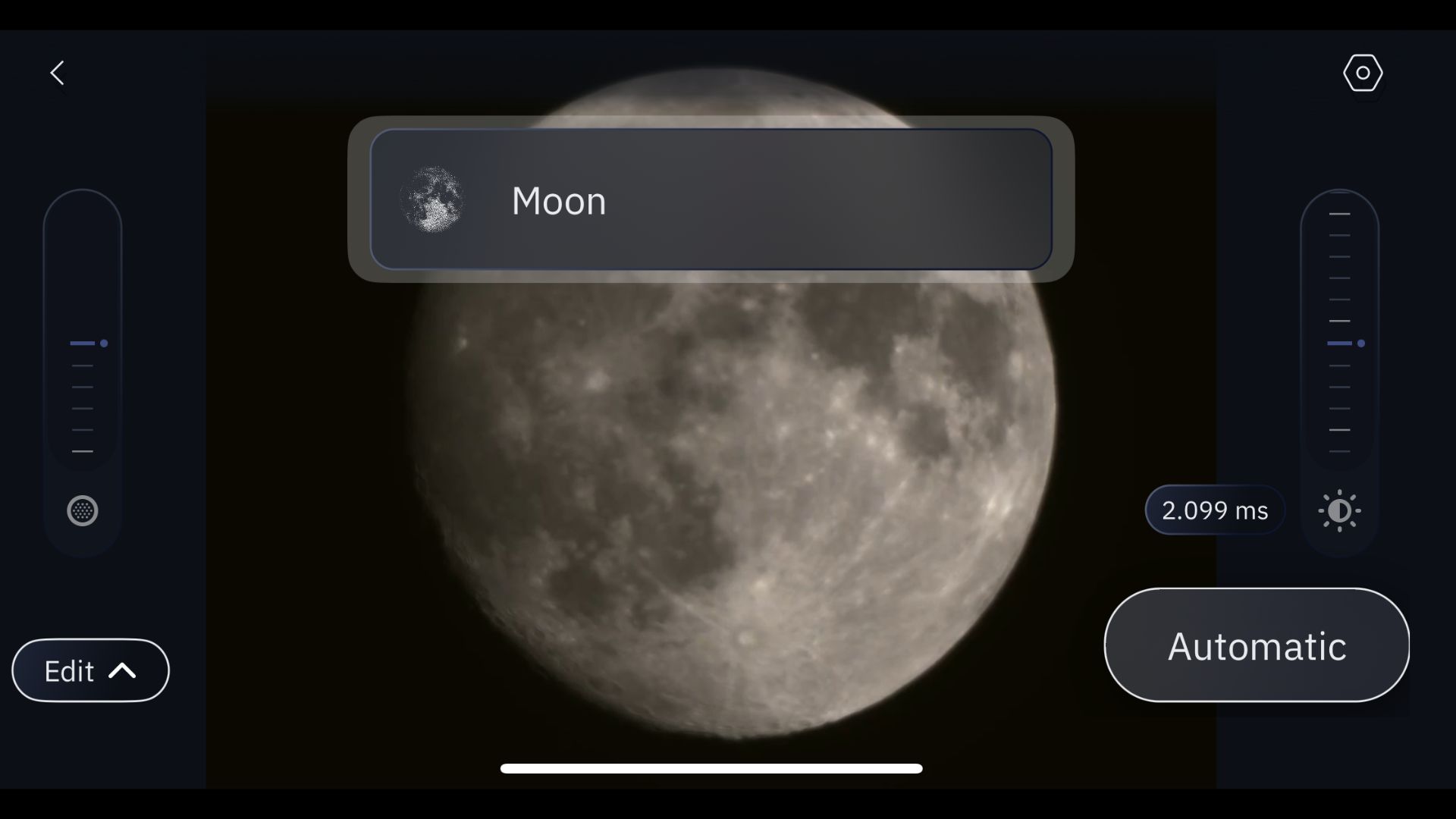
Unistellar Odyssey Pro: Verdict
Although the Odyssey Pro delights at most turns, its high price does tempt us to consider the much more affordable step-down option, the Odyssey. For a hefty saving, the only sacrifices appear to be a drop from 4.1 to 3.7 megapixels and that Nikon eyepiece. However, if you want a small, easy-to-store smart telescope that travels well and can be used out in the field—and has the option of traditional eyepiece observing—the Odyssey Pro is hard to beat.
✅ Buy it...
- It’s both portable and offers a high-quality user experience.
- It takes excellent images of the deep sky, the moon, and the sun.
🚫 Don't buy it...
- It’s much more expensive than smart telescopes from other brands.
- It underwhelms with planets.







